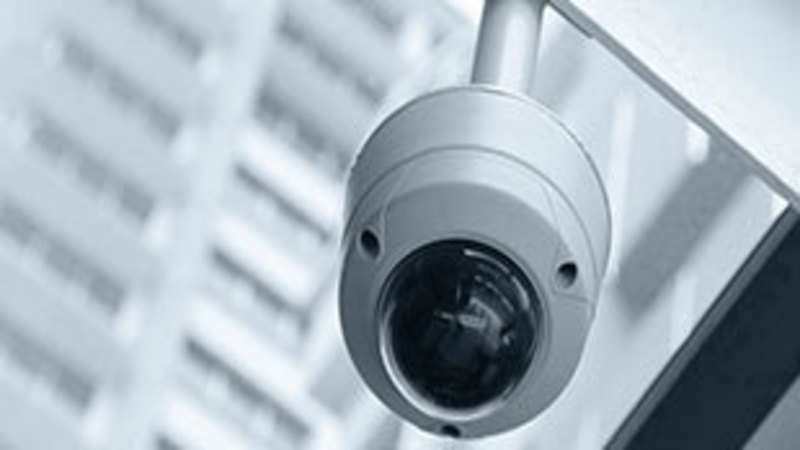The right door locks are more than hardware—they’re a frontline defense for occupant safety and operational efficiency in multifamily and senior living environments. Whether you’re managing high-rise apartments, mid-size communities, or assisted living facilities, selecting the Residential door locks impacts not only physical security but also resident trust and regulatory compliance.
With so many options available, it’s critical to know what features matter most.
Why Lock Quality Matters in Shared Environments?
Multifamily and senior living properties face distinct challenges:
- Multiple access points
- High turnover rates
- Varying levels of resident independence
- Need for centralized access control
That’s why robust, certified door locks—customized for different use cases—are essential.
1. Security Standards and Certifications
Always look for locks that meet ANSI/BHMA standards:
- Grade 1: Best for high-security entry points (e.g., main entrances or back-of-house service doors)
- Grade 2: Suitable for unit entry or common area doors
These certifications ensure the lock can withstand wear, force, and tampering—crucial in high-traffic environments.
2. Lock Types and Their Ideal Applications
Different areas in multifamily settings call for different locking mechanisms:
- Deadbolts: Preferred for main unit doors due to strength and simplicity.
- Mortise Locks: Common in upscale properties; integrated, durable, and often used in high-end or historic buildings.
- Cylindrical Lever Locks: ADA-compliant, commonly used in interior rooms or amenity spaces.
- Smart Locks: Offer credential-based access (fob, card, mobile, or PIN), audit trails, and central management—ideal for managing large properties with frequent move-ins/outs.
Use Case: A senior living community installs smart locks with PIN and fob access, allowing staff to manage rooms centrally while offering ease of use for older adults.
3. Key Control and Rekeying Flexibility
Controlling who can duplicate keys is vital in shared living environments. Look for locks with:
- Patented keyways or restricted key systems that prevent unauthorized duplication.
- Interchangeable cores or smart lock software that allow fast rekeying or credential reassignment when residents move or keys are lost.
This improves turnover efficiency and reduces long-term maintenance costs.
4. Durability & Weather Resistance
Exterior locks should be:
- Made from solid brass, stainless steel, or bronze for corrosion resistance.
- Rated for coastal or extreme weather conditions, if applicable.
- Fitted with tamper-resistant or weather-sealed housings.
Use Case: A coastal apartment complex installs stainless steel deadbolts with marine-grade finishes on all exterior doors to withstand humidity and salt air.
5. Ease of Use for All Users
In senior living or ADA-compliant facilities:
- Lever handles should meet ADA standards (operable with one hand, no tight grasping).
- Locks should feature smooth operation, even for residents with arthritis or limited mobility.
- Smart locks with keypads or fobs reduce the need for physical keys.
6. Added Security Features
Look for value-added protection built into the lock itself:
- Anti-pick pins and bump resistance
- Drill-resistant cylinders or reinforcement plates
- Integrated alarms or tamper alerts on smart locks
These features increase resistance to break-ins or tampering, especially in low-visibility corridors or service areas.
Final Takeaway: Make Security Smart, Not Complicated
Choosing locks for multifamily and senior living properties involves more than just matching door hardware—it’s about protecting people, simplifying operations, and future-proofing your building.
Focus on:
- Certified security grades
- Lock types tailored to different access zones
- Smart management features and rekeying ease
- Durability and universal design
The right locks safeguard not only your residents—but your reputation.
Looking to upgrade?
👉Request a site security audit or schedule a consultation to explore custom commercial door solutions tailored to your business.









